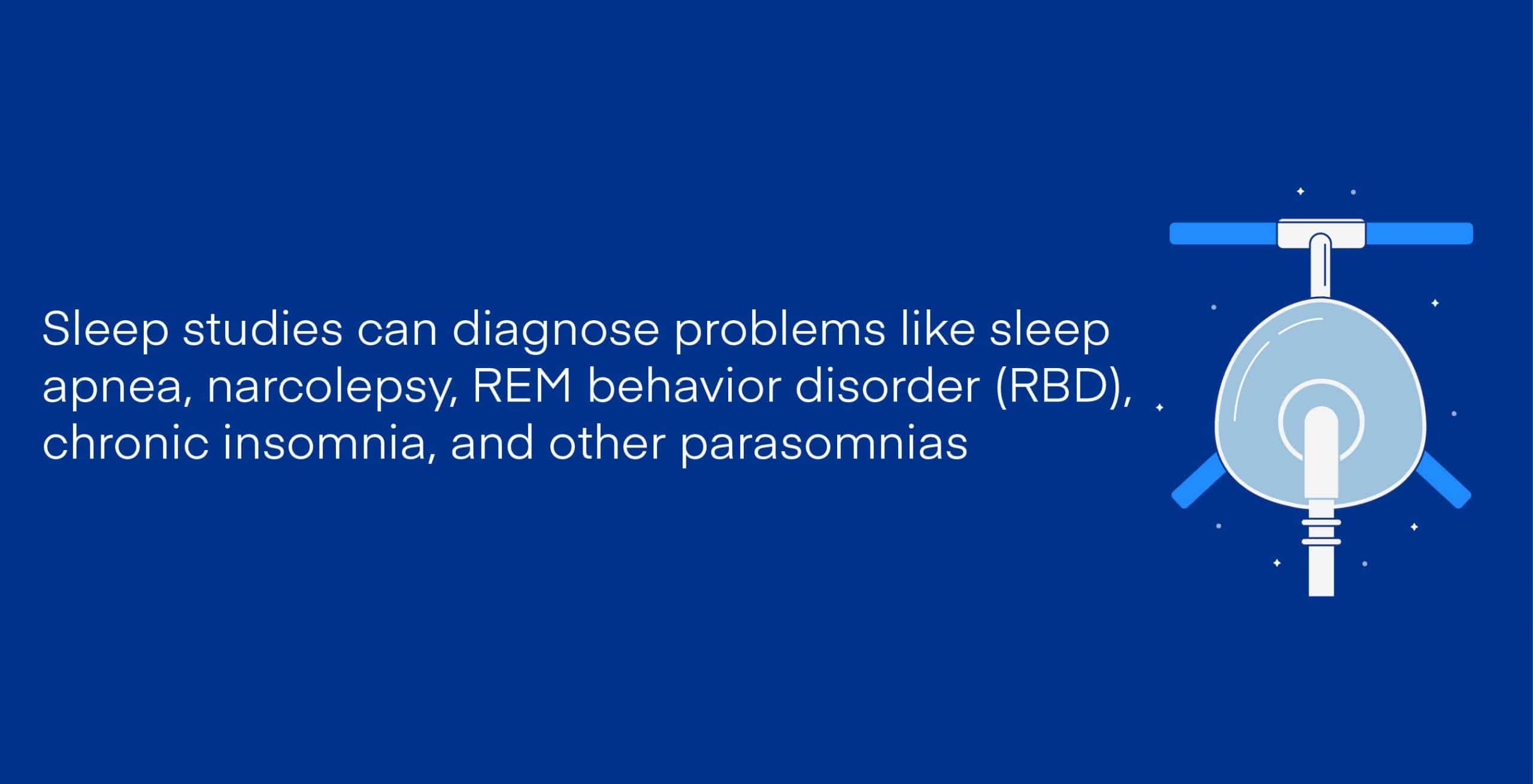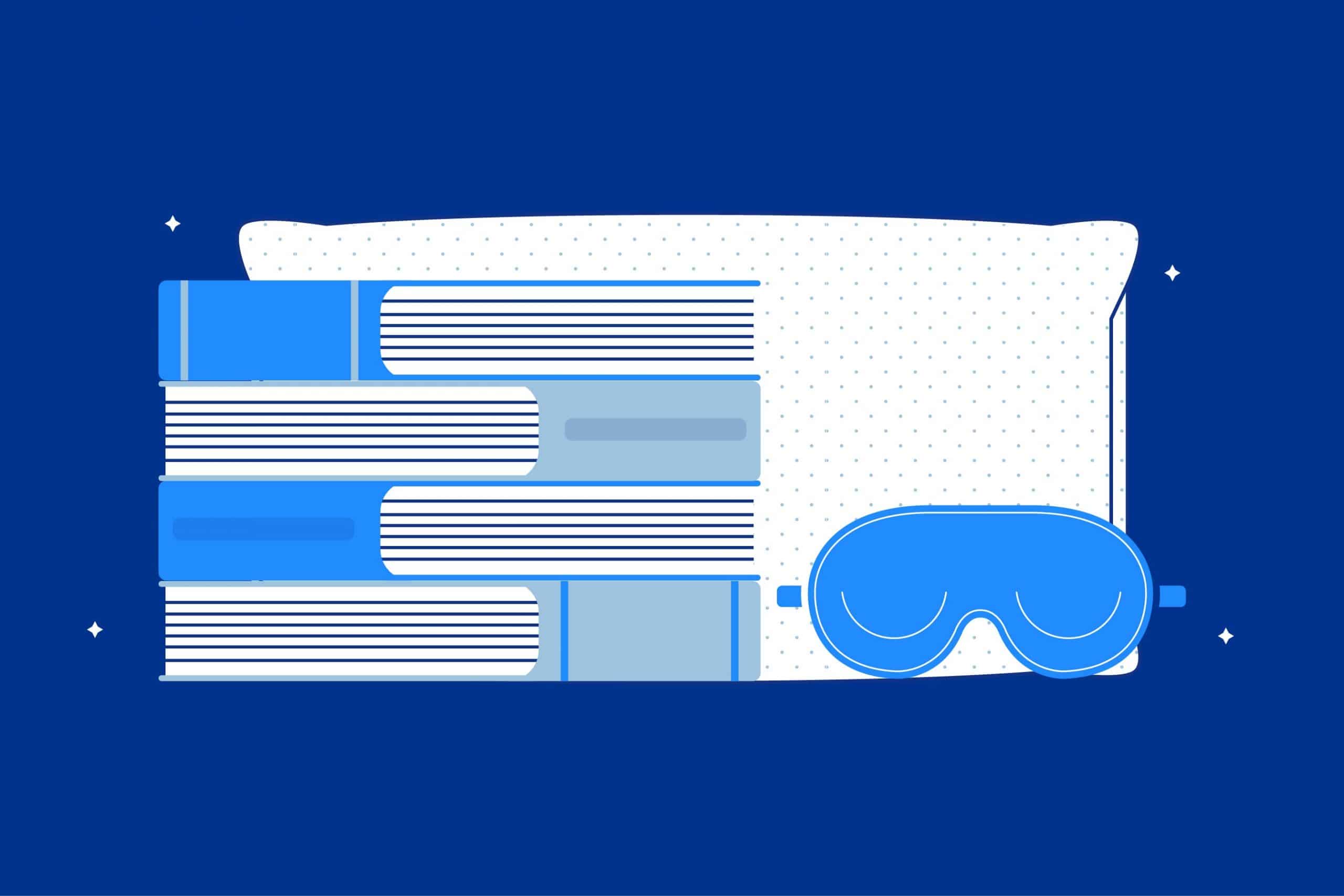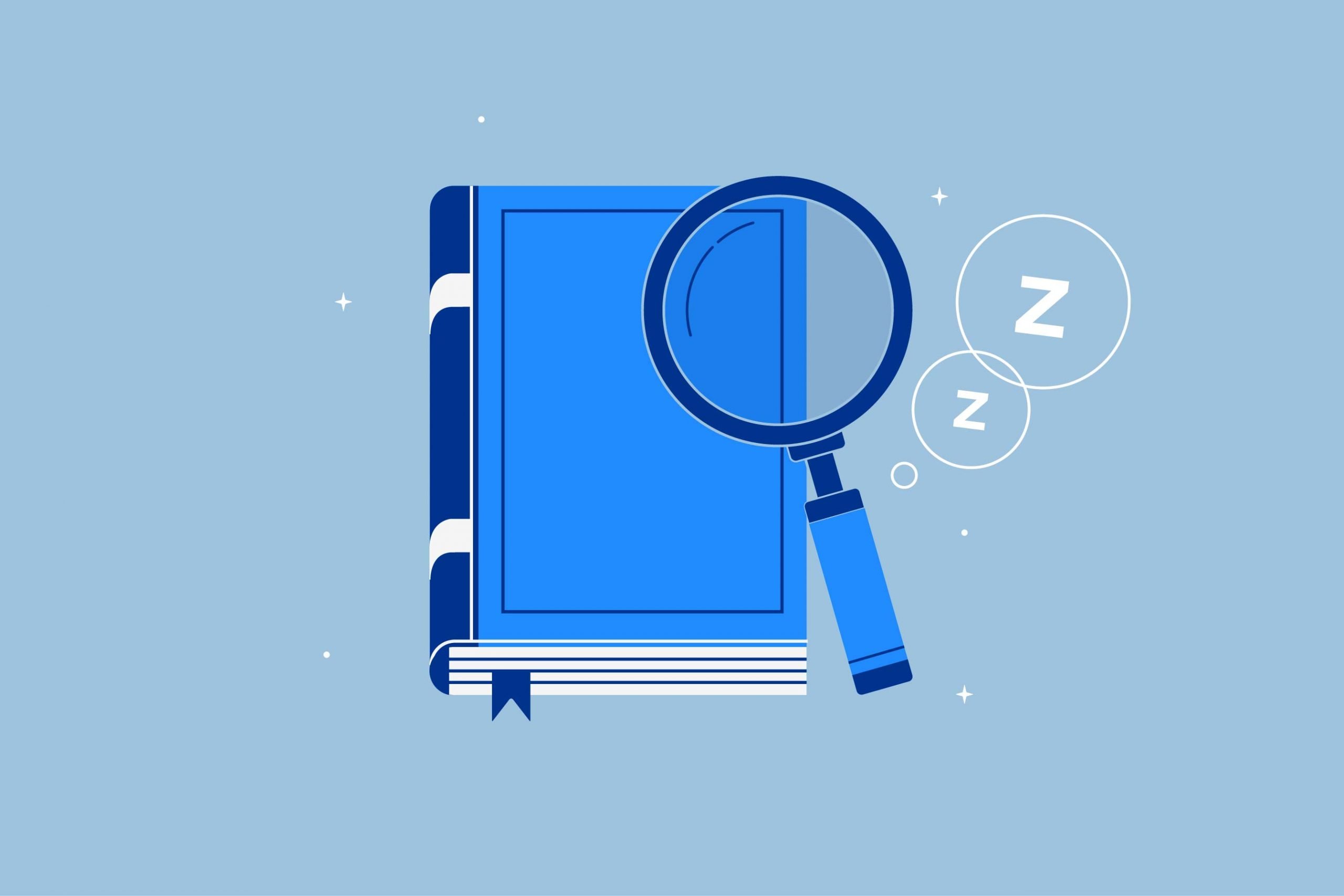Key Takeaways
- Unveiling the Complexity of Sleep: Sleep studies, also known as polysomnography, offer a comprehensive view of the intricacies of sleep. By monitoring various physiological changes during different sleep stages, these studies delve into the active processes occurring in the brain and body during sleep.
- A Closer Look at Sleep Patterns: Sleep studies track the transitions between wakefulness, NREM, and REM sleep cycles. These transitions involve physiological changes such as fluctuations in heart rate, blood pressure, and brain activity. By recording and analyzing these patterns, sleep technologists can identify disruptions and diagnose potential sleep disorders.
- Diagnosing Sleep Disorders: Sleep studies play a crucial role in diagnosing sleep disorders, uncovering issues like sleep apnea, narcolepsy, REM behavior disorder, PLMD, chronic insomnia, and other parasomnias. By capturing data on heart rate, brain waves, eye movements, blood oxygen levels, and more, these studies provide a comprehensive picture to pinpoint the underlying issues of sleep disruptions.
A sleep study, also known as a polysomnography, is a noninvasive test used to study your sleep stages in a sleep lab, or at home with a portable diagnostic device. Studying your sleep patterns helps in identifying problems such as sleep disorders.
Sleep is not a passive state of mind, rather a stage where your brain is active. Sleep studies dive deep into the science behind sleep.
What Is a Sleep Study?
Your natural process of sleep follows from wakefulness to stages 1, 2, and 3 of NREM (Non-Rapid Eye Movement), and REM (Rapid Eye Movement) sleep cycles. During these stages your body goes through certain physiological changes like drops in blood pressure, heart rate, and temperature, causing your muscles to relax and enabling your brain to go through a series of processes. A sleep study records all these processes, monitored under the supervision of polysomnographic technologists.
What Happens in a Sleep Study?
A sleep study is usually performed in the sleep disorder unit of a hospital, a sleep center, or at home with the help of a portable diagnostic device. In a sleep disorder unit or sleep center, you sleep in a private room which is tuned for optimal sleep, and includes a private bathroom. The room is equipped with a low-light video camera and an audio system for easy communication with the polysomnographic technologists.
Though you are provided with pillows and bedding, you may bring your personal pillows and sleepwear to feel more comfortable during sleep.
A polysomnographic technologist glues or tapes sensors on your scalp, forehead, chest, and legs. These sensors are wired to a computer but done in a way so that it is comfortable for you to move around in your sleep. A clip is also placed on your finger or ear to monitor the level of oxygen in your blood. If you need to go to the bathroom during the sleep study, you have to call the technologists to unplug the wires, then they will set it up again, once you are back.
While you sleep, the sensors pick up readings and the polysomnographic technologists monitor the following:
- Heart rate
- Heart rhythm
- Brain waves
- Eye movements
- Blood oxygen level
- Blood pressure
- Breathing pattern
- Limb movement
- Chest and abdominal movement
- Body positions
- Snoring
- Other sounds or actions during sleep
Why Is It Needed?
You typically experience four to six sleep cycles through the night, with each cycle lasting about 90-120 minutes. During this whole phase your brain transitions through several stages of NREM and REM sleep. In NREM, your brain waves slow down, as recorded by electroencephalography (EEG), when in REM your brain is active, sparking dreams.
Sometimes these transitions don’t happen because of sleep disruptions, which may lead to sleep disorders. Monitoring and recording all the changes during a sleep study help polysomnographic technologists analyze your sleep and recognize problem areas. They analyze hundreds of pages of data produced during your sleep study to prepare the test result known as a polysomnogram or PSG. This report is sent to your doctor, who may call for additional sleep studies if they suspect a sleep disorder.
What Do Sleep Studies Test For?

Sleep studies can help to diagnose sleep disorders. Your health care provider refers you for a sleep study if you complain of sleep disruptions interfering with your lifestyle or other health concerns. Sleep studies can diagnose problems like sleep apnea, narcolepsy, REM behavior disorder (RBD), periodic limb movement disorder (PLMD), chronic insomnia, and other parasomnias.
Sleep Apnea or Other Sleep-Related Breathing Disorders
Sleep apnea is when your breathing repeatedly stops and starts while you sleep leading to symptoms like loud snoring, waking up with a dry mouth, and difficulty staying asleep. Sleep apnea is categorized by obstructive sleep apnea, central sleep apnea, and complex sleep apnea.
- Obstructive Sleep Apnea: when throat muscles relax, blocking airways.
- Central Sleep Apnea: when your brain does not send proper signals to the muscles to breathe.
- Complex Sleep Apnea: a combination of obstructive and central sleep apnea.
See also Obstructive and Central Sleep Apnea: What’s the Difference?
Narcolepsy
During narcolepsy you experience overwhelming daytime drowsiness and sudden and uncontrollable urges to sleep.
REM Behavior Disorder (RBD)
In REM behavior disorder, you act out your dreams with violent and agitated limb movement.
Periodic Limb Movement Disorder (PLMD)
With Periodic Limb Movement Disorder, you involuntarily flex and extend your legs as you sleep. This condition is sometimes associated with Restless Leg Syndrome (RLS), in which you feel an uncontrollable urge to move and extend your legs due to an uncomfortable sensation especially during the night when you sit or lie down.
Chronic Insomnia
Chronic insomnia is when you can’t sleep despite following sleep hygiene steps, like setting a bedtime, avoiding electronic devices an hour before sleep, and showering before bed.
Other Parasomnias
When parasomniac conditions like nightmare disorder or sleepwalking are frequent, causing sleep disruptions and jeopardizing your lifestyle, then a sleep study may be recommended to evaluate the cause and find a solution.
Types of Sleep Studies
Different types of sleep studies may be recommended by your healthcare provider depending on your condition, including diagnostic overnight, diagnostic daytime multiple sleep latency test, two-night evaluation PSG and CPAP titration, and split-night PSG with CPAP titration.
Diagnostic Overnight Polysomnogram (PSG)
A diagnostic overnight polysomnogram monitors your sleep through the night via sensors placed on different parts of your body to record changes in your body and brain during different stages of the sleep cycle.
Diagnostic Daytime Multiple Sleep Latency Test (MSLT)
You usually have this test the morning after a diagnostic overnight polysomnogram. It tests for narcolepsy and finds out how quickly you can fall asleep.
Two-Night Evaluation PSG and CPAP Titration
On the first night, you complete a regular diagnostic overnight polysomnogram, but if you are diagnosed with sleep apnea, then you come in the second night to figure out the right air pressure for continuous positive airway pressure (CPAP) treatment.
Split-Night PSG with CPAP Titration
This happens if you are diagnosed with severe apnea during the first half of your sleep study. In the second half of this sleep apnea test, you are tested for the right level of CPAP required for your treatment.
FAQs
How do you prepare for a sleep study?
It is recommended that you stay away from caffeine on the day of your sleep study. Caffeine can interfere with your normal sleep process. Avoid daytime napping, too.
How long do you sleep in a sleep study?
In a sleep study you usually sleep, usually one or two nights, at the sleep disorder unit of a hospital or in a sleep center.
Conclusion
Sleep is a complex phenomenon, but a sleep study may help us understand the science behind it. Sleep studies can diagnose the causes of sleep disorders, which helps in better managing the problem.
About the author
Sanchita Sen is a full-time writer focusing on the sleep health and mattress industry. She is a former journalist who has written numerous articles on the healthcare sector. Some of the topics she has covered include how to lucid dream, fever dreams, melatonin for sleep, and best gel memory foam mattress. Sanchita holds a Master of Arts in Communications from Convergence Institute of Mass Media and Information Technology Studies. She is also a published author, who seeks inspiration from both real life and the world of fiction.
View all posts





